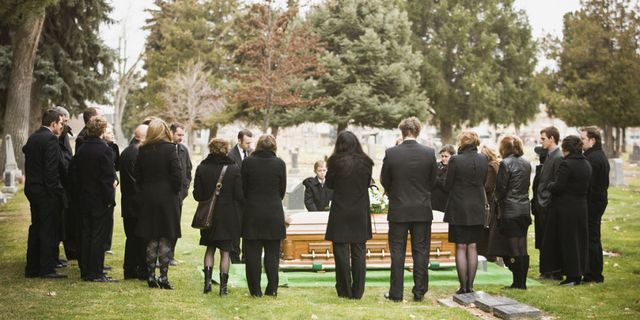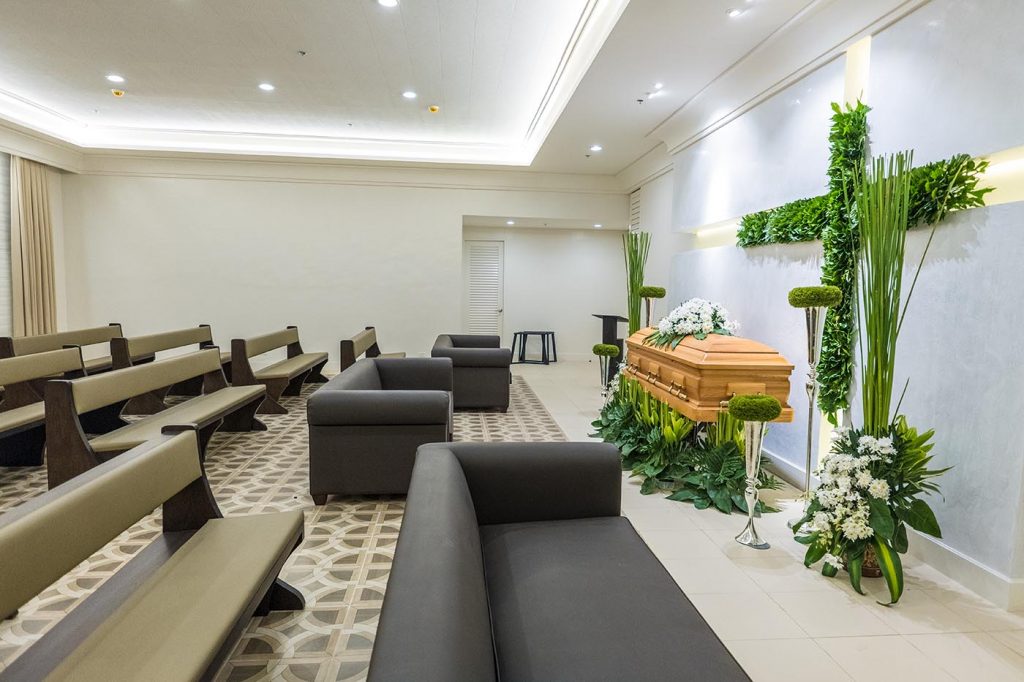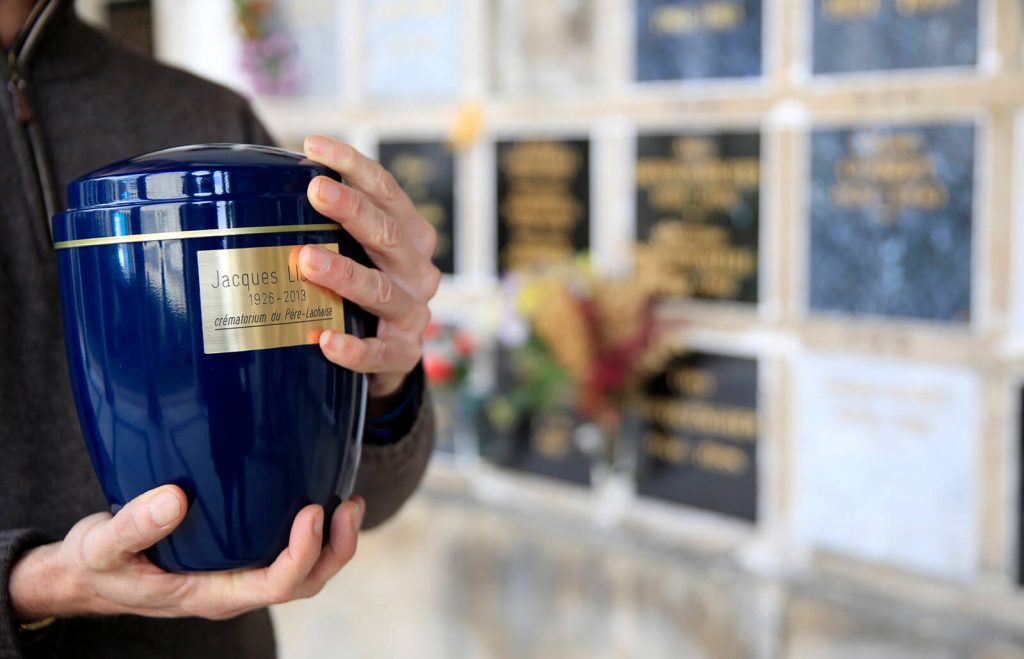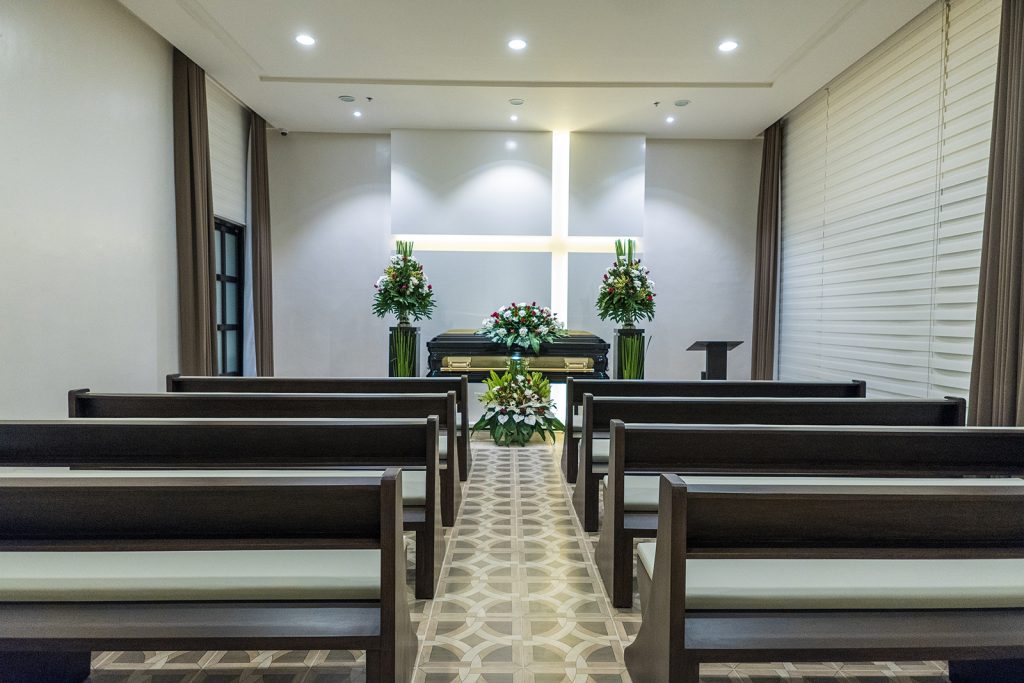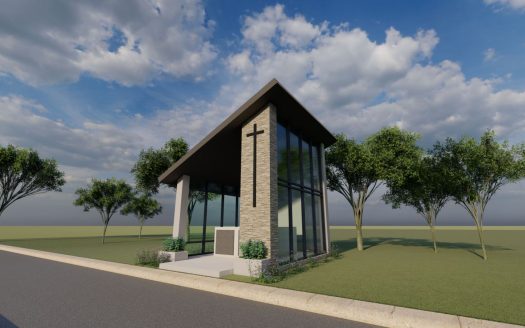How much does a Funeral Service cost in the Philippines?
How much does a funeral cost in the Philippines is something the majority of its people can’t afford, which places the country on the list of the worst places to die, alongside Bangladesh and Iraq. According to the Philippine Statistics Authority (PSA), Filipinos in 2019 die an average of 1,700 deaths per day. Or 71 registered deaths per hour.
For most Filipinos, a decent funeral is a luxury they can’t afford. So planning ahead, preparing for the inevitable, and making your improvised end-of-life list may motivate you to save up for a decent funeral.
Funeral service cost in the Philippines?
Funeral Packages
Funeral expenses range between 8,000 to 15,000 pesos at the cheapest.
Mid-range funeral services may cost up to 250,000 pesos.
While a high-end funeral package may start at around 300,000 to half a million pesos.
What is Cremation?
Cremation is the process of reducing a dead person’s body to its elements by burning it to ashes. While the world has seen its resurgence in the past two years, cremation was considered taboo in the olden days. The Islamic faith and the Catholic Church don’t endorse such practice, because cremation goes against their teachings – that the human body be preserved intact for physical resurrection.
Cremation: an alternative to pricey traditional funerals.
The price of cremation may be considered cost-effective enough for some to forego traditional burials. But it still can cause money problems to those who aren’t financially prepared. Prices start at 70,000 up to 140,000 pesos. Urns are sold from 2,500 to 17,000 depending on the materials used.
How much does cremation cost in the Philippines?
Direct cremation services – 65,000.
Cremation with urn viewing – 65.000.
Cremation with casket viewing – 140,000.
Crematoriums in the Philippines
The economy went on a dismal slump during the first year of the pandemic. And as many businesses went bankrupt, cremation breathed life into the dying industry of crematoriums to provide a convenient and quick disposition of the bodies of those who died or were suspected to have died of Covid-19.
As morgues and traditional funeral homes get swarmed with virus-infected cadavers at the peak of the pandemic,
crematoriums came to the rescue of tired and overwhelmed embalmers and gravediggers – offering relief and a much cheaper alternative to costly traditional burials.
Burial cost
A simple burial in the Philippines costs 150,000 inclusive of the rent of a chapel, prayer services, storage, cemetery plot, transport of the dead, and actual burial services.
There’s a limit in coffin sizes in the Philippines. So foreign nationals who die and are interred here have to use imported coffins, which are more pricey than those locally made.
Burying the dead
The ceremonial burying of the dead in a pit or trench, sometimes with objects which are usually the deceased’s favorites, then covering it is called burial. Most Filipinos still prefer burying their dead over cremation, regardless of socioeconomic status.
Private lots in the Philippines are considered real estate investments. Although you don’t get a land title upon full payment, but a lot title instead. A lawn lot, a family patio, and a family estate or mausoleum are three common types of memorial lots.
What you pay for is the interment space or grave, burial vault, marker or headstone, the opening and closing fees, flower vase, and setting fee for the marker and vault, and other services.
You pay for a memorial lot title, acquire the right to perpetual ownership, and the right to decide who gets interred or buried in that space. Your interment right can be bought for at least 2 caskets per grave, including the right to put flowers and a headstone.
Funeral services cost breakdown
Basic services fee
Funeral service providers are authorized by law to charge basic services fees. These include planning of services to be availed of, securing permits, death certificates, notices, sheltering the remains, and coordinating with other third parties involved in the arrangements. Such as cemetery caretakers or crematorium — in cases where the family decides to have the deceased cremated.
Charges for other optional services and merchandise.
Transporting the remains, embalming, use of a funeral parlor for viewing, memorial service, equipment and staff for graveside service, use of a hearse, casket, outer burial container, and cremation or interment fees.
Down payments or cash advances
These fees include goods and services the funeral establishment buys from outside sources on your behalf. Like flowers, a notice of obituary, pallbearers, organist, or soloist, and the officiating clergy.
Some funeral service providers charge you for what they buy on your behalf. While others add an additional service fee on top of all the expenses.
The Funeral Law requires that all extra charges and other information be disclosed in writing. Such as any refunds, rebates, or discounts from suppliers.
Burial service for the less privileged
If the next of kin decides to inter a dead relative in an “apartment tomb” in a public cemetery, he must sign a 5,000 pesos five-year lease contract. He should be able to renew the contract after 5 years or transfer the remains to a private cemetery or memorial park before the lease expires.
For those who can’t afford memorial plans and insurance coverage, and don’t have money for the renewal fee, a Catholic charity is helping families to retrieve the remains to have those cremated and be given a permanent and decent burial.
Repatriation of remains
After the process of formal identification of the body, the coroner in the country who will receive the repatriated remains will require certain documents before approving the burial permit.
Repatriation expenses, which should be taken care of by the family of the deceased, maybe between 300,000 to 750,000 pesos, depending on the location of death, the distance traveled, the weight of the deceased person, and government regulations of both his home country and where he died. Good if the deceased had medical insurance or life insurance that’d somehow take some of the financial burdens off of his family’s shoulders.
It’s an emotionally difficult and costly task for the bereaved family. The cost of dying overseas includes air freight fees, containment of the remains, handling cost, processing of permits, funeral costs, memorial package, and other expenses.
Caskets
Caskets are intended to contain and protect the deceased, and their price tags depend on the materials they’re made of. Your choice of casket should be based on your financial capacity.
Wooden caskets cost around 3,000 pesos and are more expensive if made of rare wood. While metal caskets cost between 16,000 to 35,000. Other caskets however are priced higher due to the imported metals and other materials used. Bronze or stainless steel caskets cost 75,000 or more. The size of a casket also contributes to its price. High-end caskets fetch a hefty sum of 100,000 or higher.
Consider getting a memorial plan
A memorial plan is a prepaid service funeral plan that includes memorial services, choice casket, and chapel services. It enables the plan holder to pay for future memorial needs at a lower cost. A pre-need plan can help lessen the financial burden your family members might have to deal with should you pass away, down to your final resting place.
Requiem Mass
It’s also the same as Catholic funeral Mass or Mass for the dead and is offered for the eternal repose of the soul of the deceased. A requiem Mass can be for one or more deceased persons.
Death certificate or Certification of Death
Registering the death of a family member is the beginning of a long list of funeral expenses. Death certificates price range from
150 to 500 pesos.


